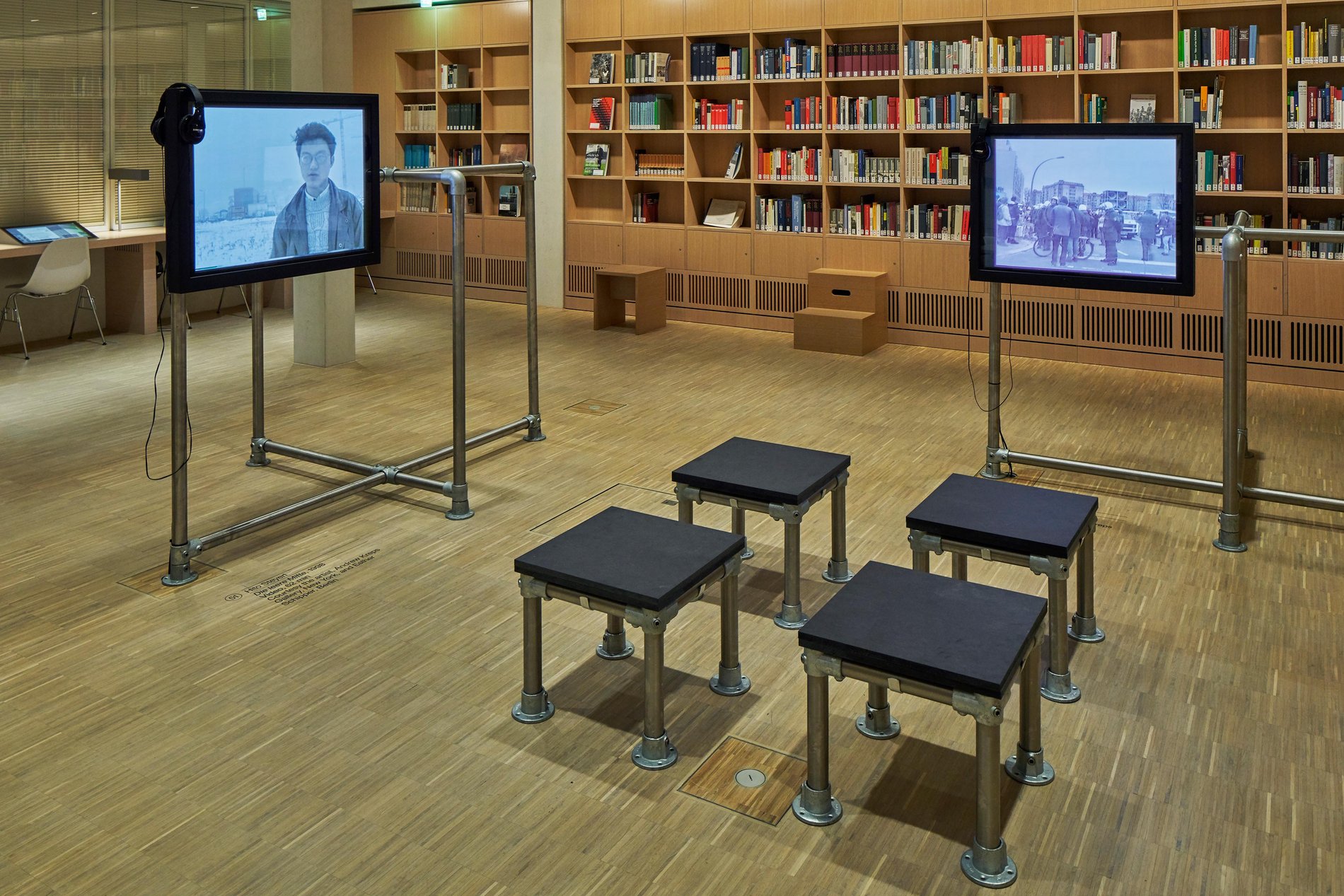About the artist
Hito Steyerl (born in Munich in 1966) works at the interfaces between fine arts and film and between theory and practice. She has been probing the tensions between power, violence, and capital in essayistic documentary films, installations, and texts since the late 1980s. Global financial flows, neoliberal working conditions, and interconnections between private business and politics are among the subjects of her work, alongside the power of images to convey information and their impact through dissemination in the media.


